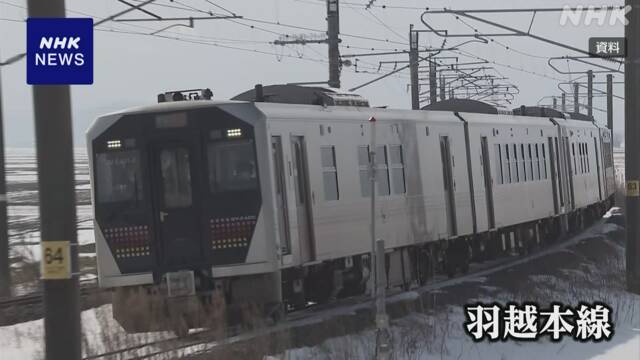As regional railways continue to lose money due to a declining population, JR East Japan announced the income and expenditure of the last fiscal year for 62 sections that are used particularly little, and the total deficit was 648.<> billion yen, almost the same as the previous fiscal year.
JR East Japan announced last year's income and expenditure for 1 sections on 2000 routes with a "transportation density" of less than 34,62 people on average, excluding sections affected by disasters and construction.
As a result, all of the target sections were in the red, and the total deficit was 648.49 billion yen, almost the same as the previous fiscal year.
Against the backdrop of a declining population along the railway, the business situation continues to be severe.
The largest deficit by section was 4600.100 billion yen in the section of the Hagoshi Main Line between Murakami Station in Niigata Prefecture and Tsuruoka Station in Yamagata Prefecture.
In addition, the "operating coefficient," which indicates how much it costs to earn 1 yen of transportation revenue, was the least profitable at 6821,100 yen for the section of Kururi Station and Kamiso Kameyama Station on the Kururi Line in Chiba Prefecture.
It is calculated that it costs 168 times for an income of <> yen.
With regard to regional railways, which continue to be in the red, a revised law was enacted last month that includes the possibility of the national government to establish a council to rebuild the means of transportation, such as switching to buses, at the request of local governments and railway operators.
JR East Japan has no intention of requesting the national government to establish a council at this time, and will continue to discuss the ideal means of public transportation in the region with local governments along the line.

